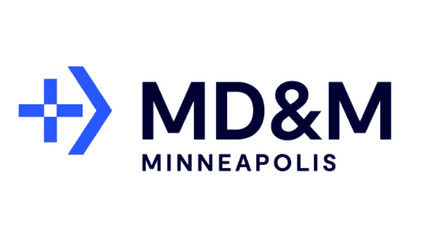The EMS Leadership Summit brought together several Electronic Manufacturing Services (EMS) leaders from owners, investors, Chief Executive Officers, Vice Presidents of Supply Chain and more. The key takeaway was clear: Demand exists in the supply chain and is driven in all market segments (Aerospace and Defense, Space, 5G, etc). Component supply continues to be a challenge due to the difficulties (labor, raw materials, fab capacity, etc.) surrounding Covid-19 challenges. Acknowledging these market changes allows us to understand that the way we do business today needs to become a new “level of balance” or our new “normal”.
The support from an organization like IPC is inspiring conversations, connecting the gap between executives from various tier organizations, and ultimately finding opportunities that can be shared end-to-end from supply chain support, technical collaboration, and process education and training. IPC has created a value-add in the direction of collaboration and peer interactions for the EMS industry; and undoubtfully helping drive progress.
Key Themes from the Leadership Summit:
(1) Supply Chain pressure is notably the hot topic and continuous to be the center of conversation. Shortages and long lead-times are here, and even at a higher level, the discussion around normalization is projected somewhere between 2023 and maybe in to 2024. We are seeing impacts to increased overall demand everywhere despite inflation; From global stimulus to the virtual economy, it is affecting a shifting consumer demand from services to products. Insight into these shifts are of great importance to recognize the implications related to pricing and production scheduling. Everyone in the room knows that lead times have been constantly changing. The solution today is simply, work for increased visibility and communication.
- Connect suppliers with customers
- Utilize automation tools for efficiency
- Establish transparency at all stages of your products life cycle
(2) Growth in Mergers & Acquisitions (M&A) in the EMS industry was up in 2021 and heavily driven by private equity firms. In the middle of a pandemic, it is truly surprising with the level of M&A activity happening, over 25+ deals were completed in North America (that we heard about). Looking ahead in 2022, the trend towards consolidation looks to continue at a robust pace. The private sector of the EMS industry continues to stay quiet, but analysts are continuing to observe these corporations.
(3) Significantly, the EMS industry continues to show resilience but under increased supply and cost pressure. Market shifts affecting demand will level off at some point, however the lessons learned (flexibility, ability to scale, transparency) in support of customer and EMS growth are here to stay.







